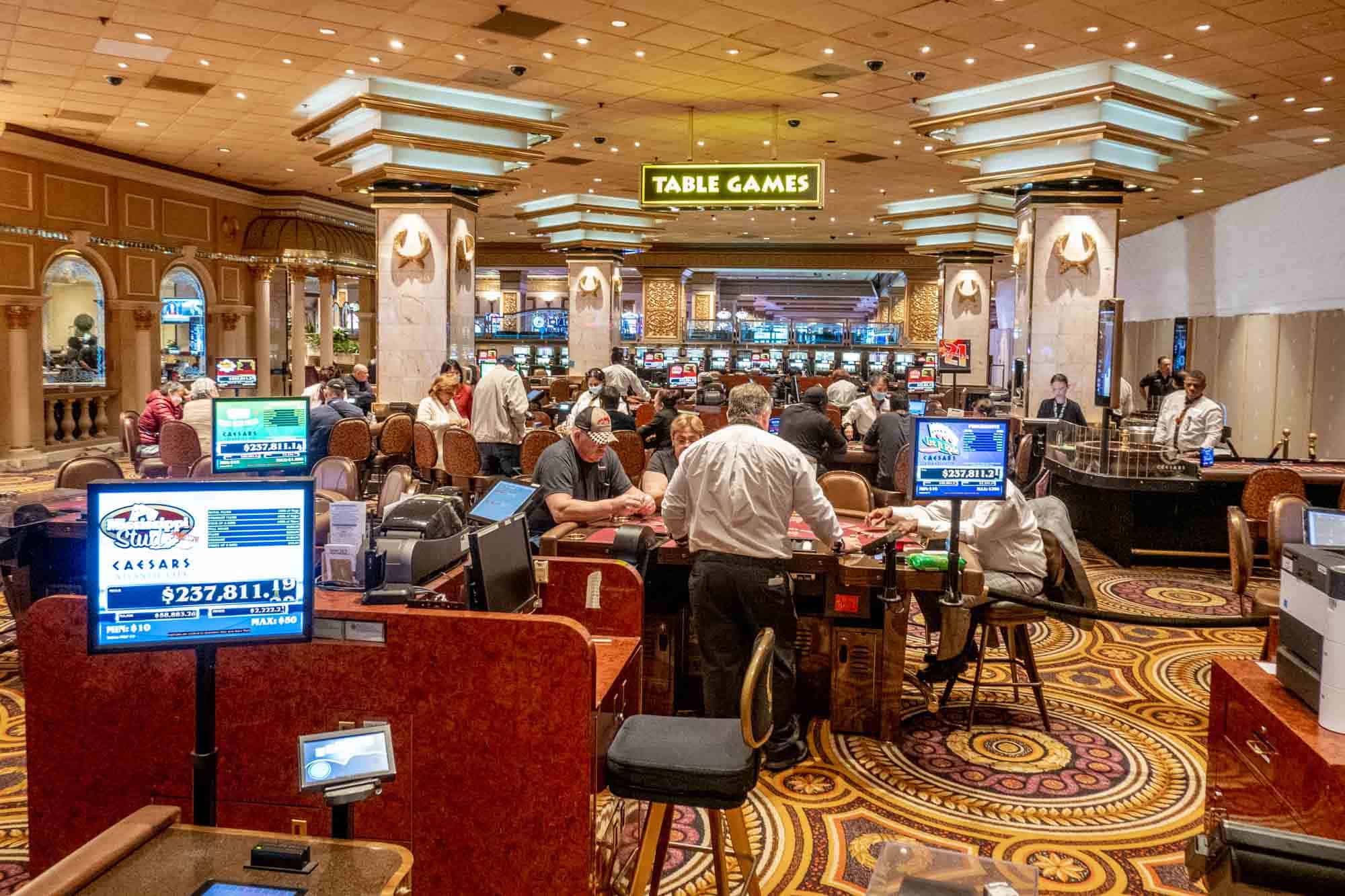
Behind the glittering lights and the enticing noises of rotating wheels lies an vibrant realm in which innovation meets mathematics: the making of games of chance. As players converge to gaming establishments seeking excitement plus the possibility of striking it rich big, a huge amount of effort takes form behind the scenes to create the games they enjoy. From the initial concept to the final product that players engage with, numerous elements come together to ensure a captivating gaming experience.
Designers, engineers, plus game developers work together to merge innovative technology with engaging gameplay mechanics. Each aspect, from visuals and audio elements to odds and returns, is meticulously crafted to draw in players and keep them entertained. Understanding the intricate process of how casino games are made reveals both the technical skills required but also the creative vision that transforms these immersive experiences to life.
Game Development Workflow
The design process begins with brainstorming and concept development, where creators generate concepts for new casino games. This first phase often involves identifying target audiences and understanding market trends. Designers consider elements such as game mechanics, themes, and payout structures to develop an immersive experience. Collaboration between game designers, mathematicians, and artists is crucial to ensure a balanced concept.
Once a design is selected, the next stage entails prototyping and testing. https://rikvip.osaka/ Designers build a functional version of the game to evaluate its playability and mechanics. This facilitates adjustments and refinements based on feedback from testers. Reiteration is key, as designers may navigate multiple rounds of testing to fine-tune gameplay balance and user experience. This stage is essential for identifying any potential issues before the game is finalized.
After testing, the game moves into development and production. This comprises the technical aspects of coding the game software, integrating graphics, and making sure compliance with gaming regulations. Quality assurance testing verifies that the game functions flawlessly across various platforms and devices. Once everything is refined, the game is prepared for launch, usually accompanied by marketing strategies to draw in players and generate excitement around the latest casino game.
Tech and Development
The evolution of gambling games has changed significantly with progress in technology. Modern game design often features top-notch graphics, engaging sound effects, and engaging animations that provide a captivating experience for gamers. Game developers use complex software tools and programming languages to build these interactive gaming experiences. Additionally, the use of random number generators ensures fairness and unpredictability in outcomes, which is important for ensuring player trust and compliance with gaming regulations.
In the past few years, the surge of online casinos has expanded the limits of game development even further. Developers are now able to create games that cater to a global audience, integrating features such as live dealers and virtual reality environments. This transition has encouraged new ideas, leading to unique game mechanics and formats that enhance player engagement. Gaming on mobile devices has also become a significant focus, prompting developers to tailor games for smartphones and tablets, ensuring accessibility and ease of access for players on the go.
Collaboration among designers, artists, and mathematicians is essential in the creation process. Each team brings their expertise to ensure games are not only visually appealing but also mathematically sound and enjoyable. The integration of player feedback during beta testing allows developers to enhance game features and functionalities, ultimately leading to a favorable launch. As technology continues to advance, the potential for new game concepts and experiences is limitless, promising an enticing future for casino games.
Assessing and Quality Control
Once a gambling game has been created, it enters the crucial phase of testing and quality control. This stage ensures that the game operates flawlessly and provides a fair experience for users. Teams conduct comprehensive tests, including operational checks to verify that all game features work as expected. Each element, from graphics to audio, is evaluated to ensure quality benchmarks are met.
In addition to functionality testing, the game experiences thorough compliance checks to meet regulatory requirements. Various jurisdictions have specific regulations governing game fairness and player protection. Quality assurance teams will verify that the random number generators are operating correctly and that the game’s payout percentages correspond with market standards. This meticulous examination helps forge trust with players and regulators alike.
Finally, user testing may be conducted with actual users to gather opinions on user experience. This crucial insight allows developers to make necessary adjustments before the official launch. Addressing any likely issues noted during this phase helps ensure that players will experience a smooth, immersive experience when the game goes live. The commitment to quality reflects the industry’s dedication to delivering enjoyable and dependable casino games.
